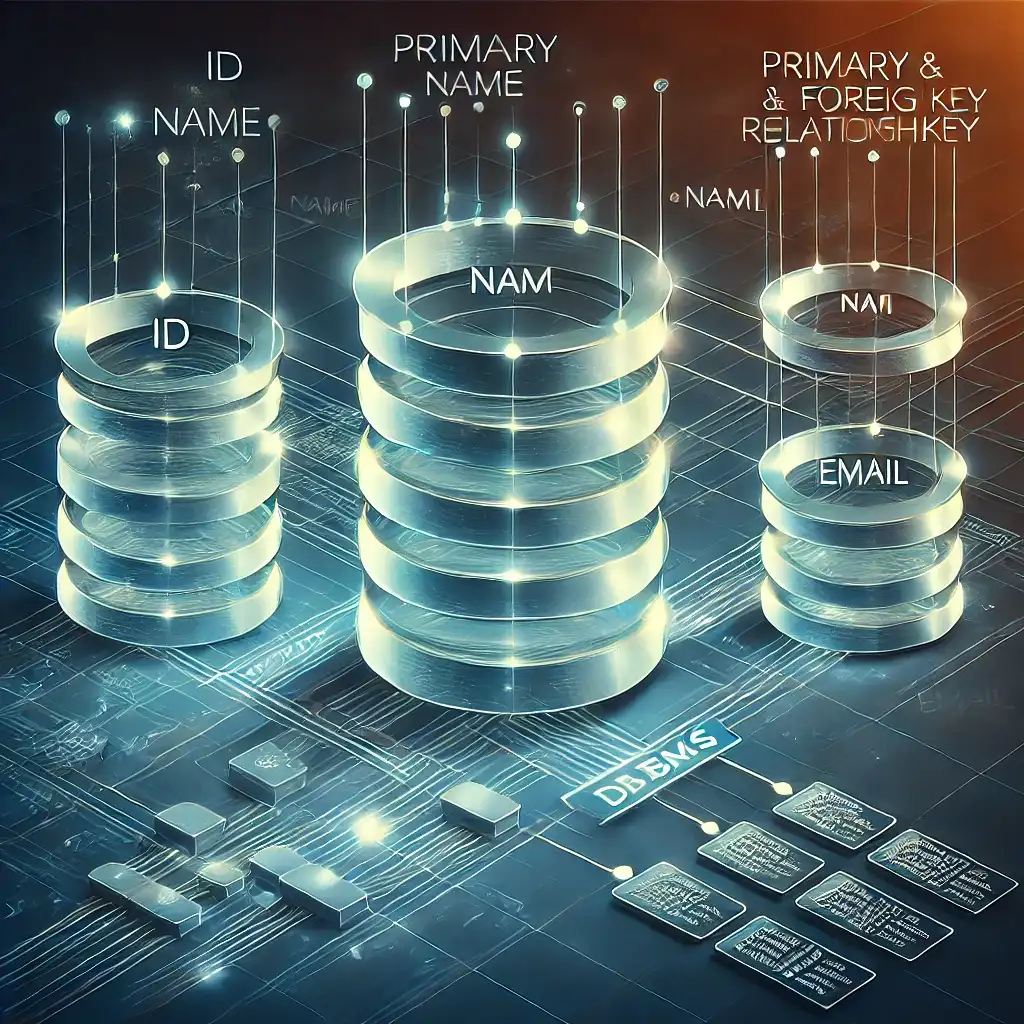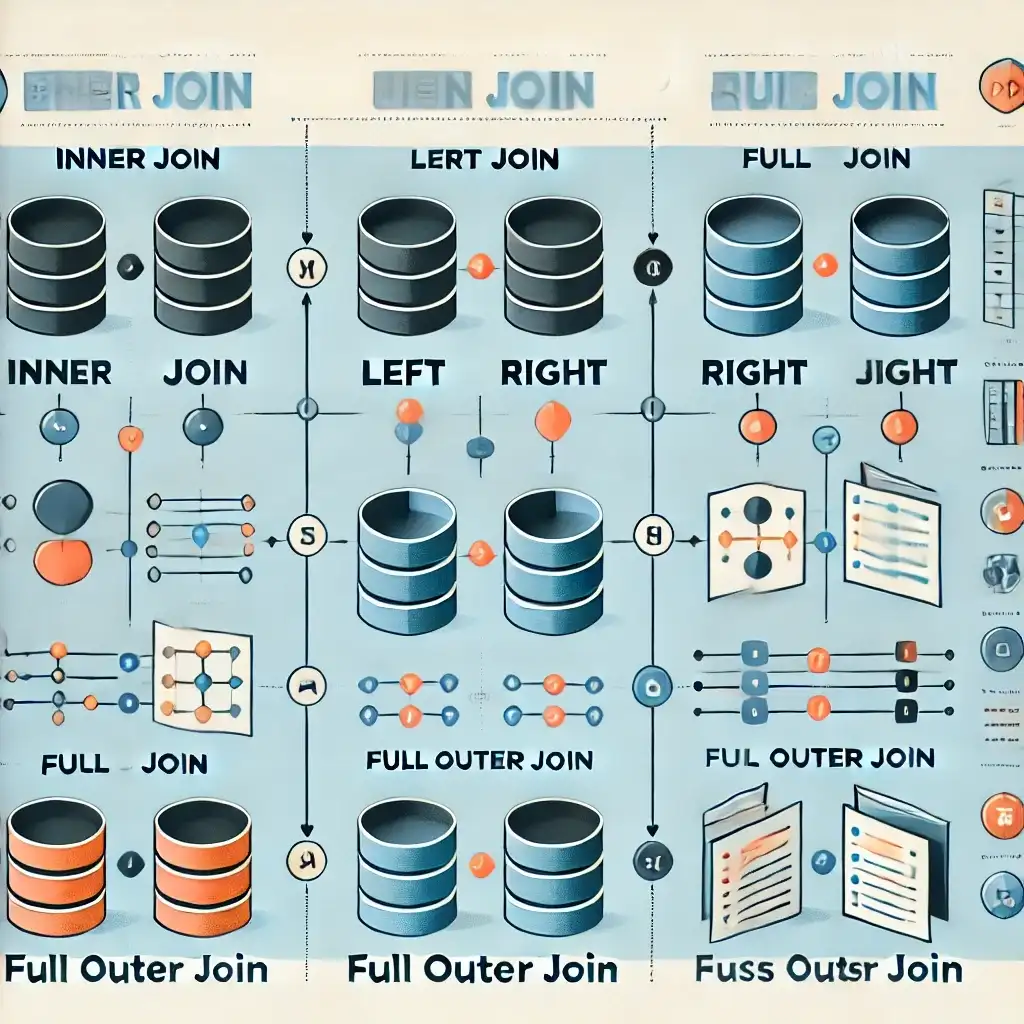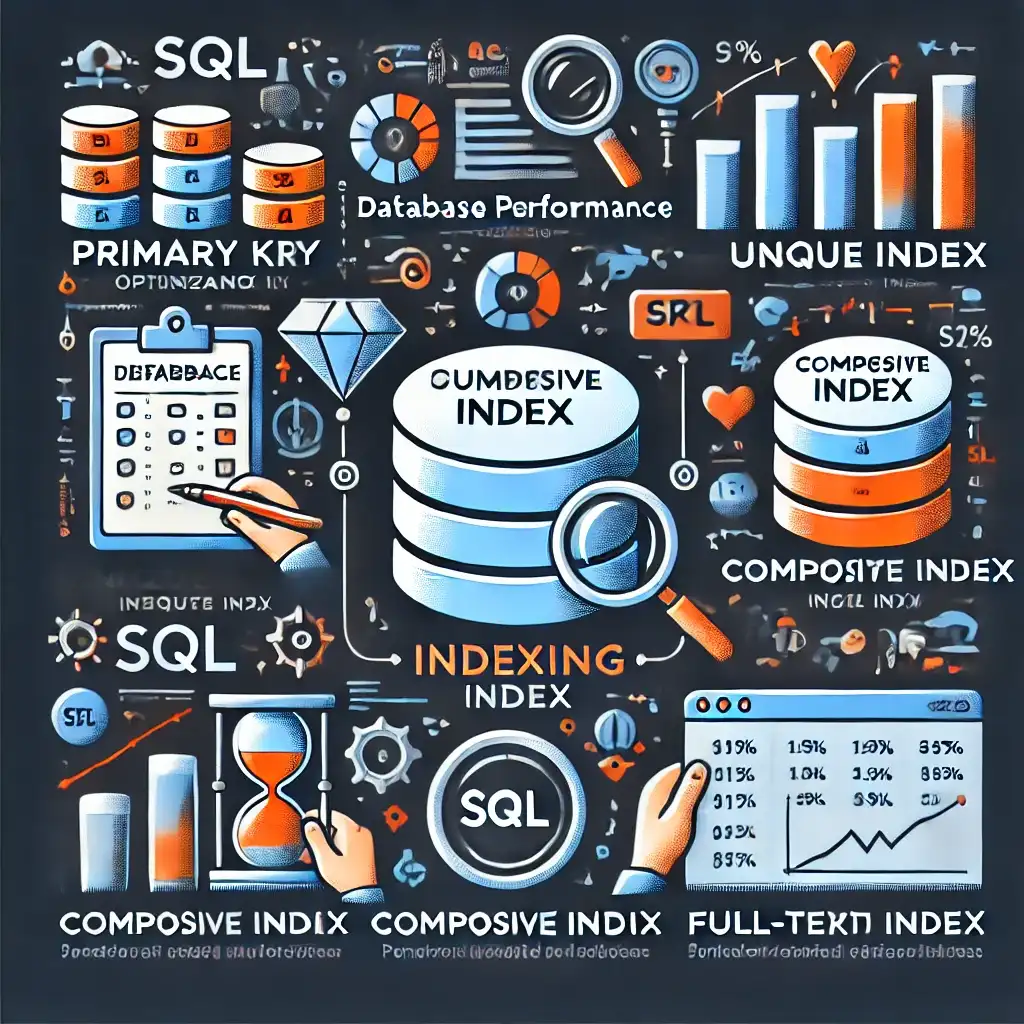
A relational database management system (RDBMS) is the most commonly used database model for managing and querying structured data. RDBMS stores data in tables and uses relationships between them to efficiently organize and retrieve information. Here's a quick summary, useful for reference in future topics.
1. What is an RDBMS?
A Relational Database Management System (RDBMS) is a database system that stores data in tables made up of rows and columns. It is managed and queried using SQL (Structured Query Language).
RDBMS is widely used in large-scale applications due to its data integrity, security, and flexibility.
Key Features of RDBMS:
- Table-based storage: Data is organized into tables consisting of rows and columns.
- Relational model usage: Relationships between different tables are established using foreign keys.
- ACID properties: Ensures reliable and consistent transactions (Atomicity, Consistency, Isolation, Durability).
- SQL support: SQL is used to access and manage the data.
2. Core Concepts of RDBMS
2.1 Tables
Tables are the foundational elements of a relational database. A table contains rows (records) and columns (fields).
Example Table: 'Customers'| ID | First Name | Last Name | |
|---|---|---|---|
| 1 | Ali | Yılmaz | ali@email.com |
| 2 | Ayşe | Demir | ayse@email.com |
2.2 Rows and Columns
- Row: Each record in a table is a row (e.g., a customer's details).
- Column: Represents a specific data type (e.g., 'First Name' column stores the customer's first name).
2.3 Primary Key
The primary key uniquely identifies each row in a table. It must be unique and not null.
Example:CREATE TABLE Customers (
ID INT PRIMARY KEY,
FirstName VARCHAR(50),
LastName VARCHAR(50),
Email VARCHAR(100)
);
2.4 Foreign Key
A foreign key in one table refers to the primary key in another, linking related data across tables.
Example:CREATE TABLE Orders (
OrderID INT PRIMARY KEY,
CustomerID INT,
OrderDate DATE,
FOREIGN KEY (CustomerID) REFERENCES Customers(ID)
);
2.5 Indexes
Indexes improve query performance by allowing fast lookups of data. Useful on columns that are frequently queried.
Example:CREATE INDEX idx_customer_email ON Customers(Email);
2.6 Normalization
Normalization is the process of organizing data to reduce redundancy and improve data integrity. It includes levels like First Normal Form (1NF), Second (2NF), and Third (3NF).
Advantages:- Improves data consistency.
- Eliminates data duplication.
- Optimizes database size.
3. Popular RDBMS Systems
Different relational databases are designed to suit various needs. Here are some of the most widely used systems:
3.1 MySQL
- Open-source and widely adopted.
- Popular for web development.
- Used in CMS platforms like WordPress and Joomla.
3.2 PostgreSQL
- Advanced, open-source RDBMS.
- ACID-compliant with powerful extensibility for enterprise-grade projects.
3.3 Microsoft SQL Server
- Developed by Microsoft.
- Preferred in large organizations and corporate applications.
3.4 Oracle Database
- Designed for large-scale database management.
- Commonly used in banking and financial systems.
RDBMS systems are fundamental tools for structured data management. With features like tables, keys, and relationships, they ensure data is stored in a reliable and organized manner. Popular systems such as MySQL, PostgreSQL, SQL Server, and Oracle offer tailored solutions for a variety of use cases.
Related Articles








